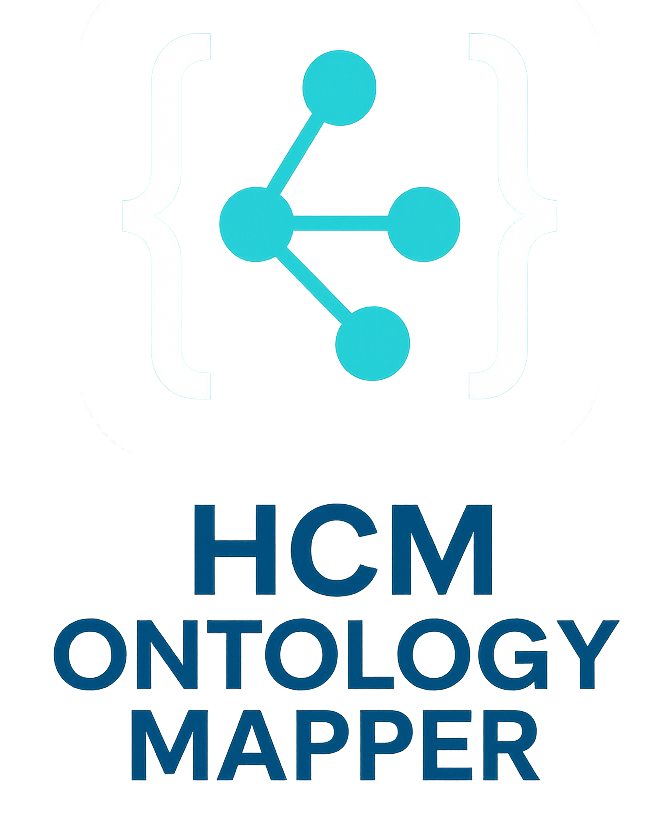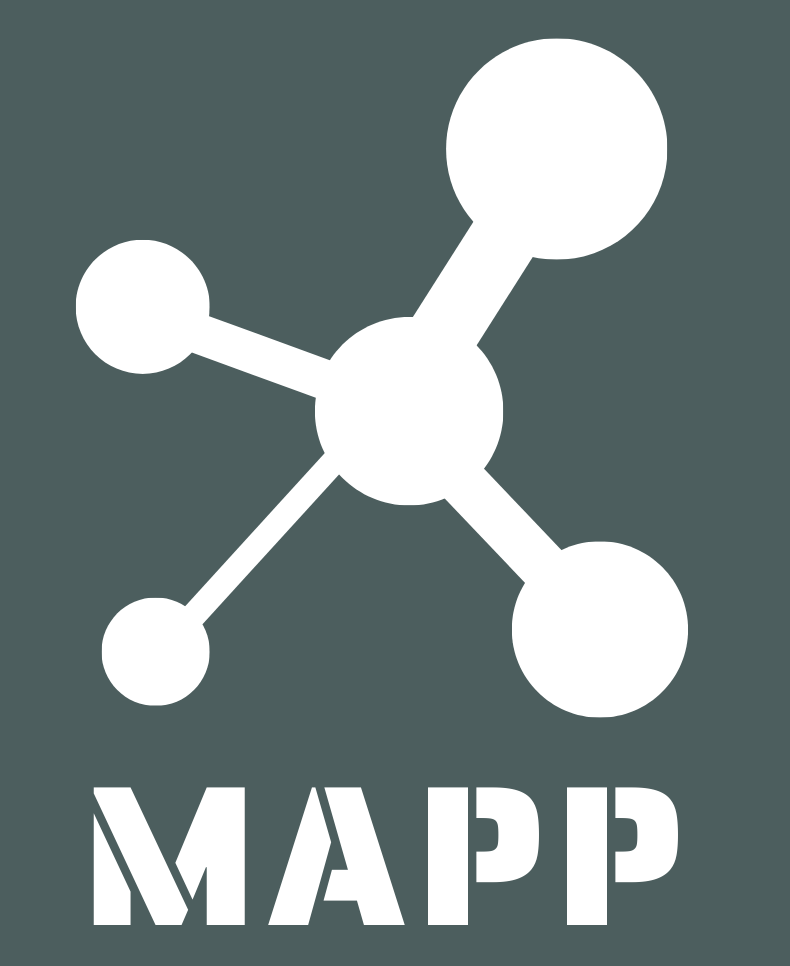FAIRRR 2/5 — FAIRRR, Explained: From Principles to Measurable Outcomes
This article is part of the FAIRRR series: 1 · 2 · 3 · 4 · 5
This is Post 2 of 5 in the FAIRRR series. Previous: The Metadata Gap Is an Ethics Gap • Next: Inside MAPP—API‑First FAIRRR
FAIR for animal research
- Findable: unique IDs for animals, studies, protocols; rich searchable metadata.
- Accessible: standard protocols and clear access rules; durable links.
- Interoperable: shared ontologies and identifiers; qualified references.
- Reusable: provenance, licenses, and community standards.
The 3Rs lens on metadata
- Replacement: comparable context reveals viable non‑animal models.
- Reduction: reuse across studies avoids duplication; pooled analyses.
- Refinement: transparent deviations and environment details improve welfare.
Minimal viable standards (practical set)
- ARRIVE‑aligned descriptors for study design and reporting.
- Persistent identifiers for animals, devices, reagents, and protocols.
- Ontologies for behaviors, anatomy, conditions, procedures, and reagents.
- Provenance (who/what/when/where/how), versions, and deviations.
- Licenses and reuse terms.
Metrics you can track
- Time‑to‑reuse: first external reuse after publication/export.
- Duplication avoided: studies averted via comparable prior data.
- Cross‑study joins: number of successful joins across cohorts/devices.
- Protocol deviations: detection rate and resolution time.
- Provenance completeness: % of records with full lineage and versions.
- FAIRRR score: a simple rubric (0–100) across F‑A‑I‑R + 3Rs facets.
Overcoming the usual barriers
- Culture: position metadata as quality and ethics, not bureaucracy.
- UX: capture in‑flow (APIs and templates), not at the end.
- Governance: roles, reviews, and versioned templates.
- Interop: API‑first integration with ELN/LIMS and analysis pipelines.
How this maps to MAPP
MAPP bakes these practices into templates, identifiers, ontologies, and APIs, and exposes exports for repositories and reviewers. That makes FAIRRR measurable—not aspirational.
Series navigation: Previous ← The Metadata Gap Is an Ethics Gap • Next → Inside MAPP—API‑First FAIRRR



